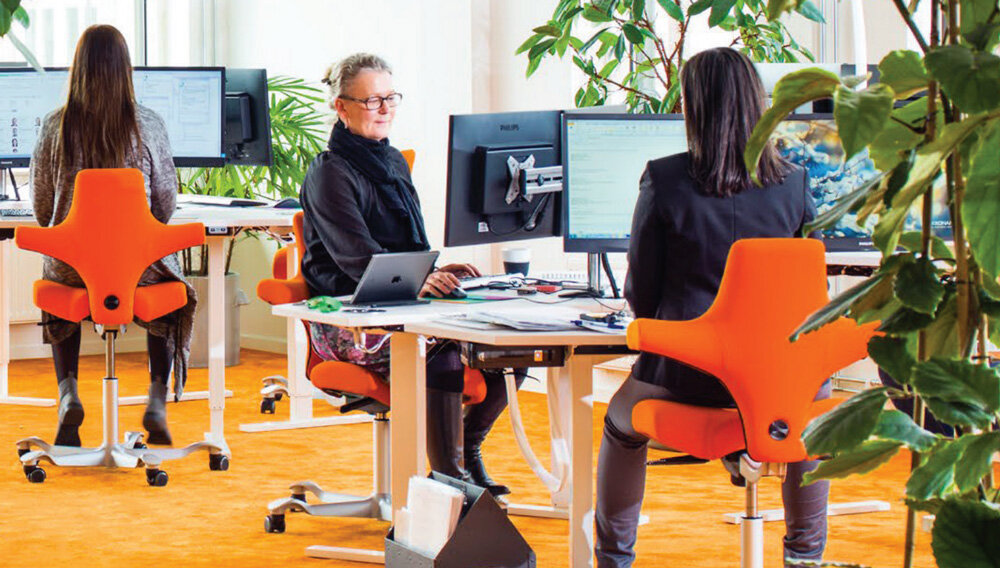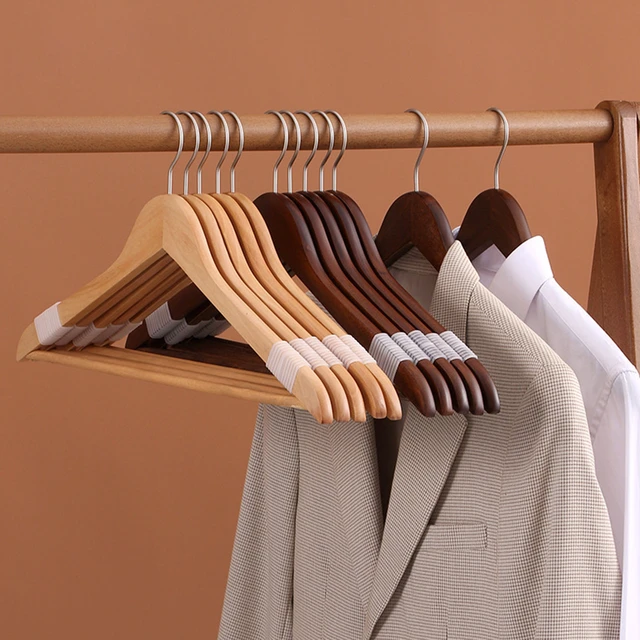In today’s fast-paced world, a significant number of professionals spend a considerable portion of their day seated at their desks. This sedentary lifestyle can potentially lead to a range of physical discomforts and long-term health issues, highlighting the critical need for well-designed office spaces that promote health, comfort, and productivity. Understanding the benefits of ergonomic office furnishings and implementing them in your work environment can result in profound improvements not only in your work efficiency but also in your overall wellbeing.
Embracing the Ergonomic Office Chair: A Foundation for Comfort
An ergo office chair is the cornerstone of any ergonomic workspace. Ergonomics is the science of designing the workplace, keeping in mind the capabilities and limitations of the worker. The goal of an ergo office chair is to support your body in a natural, balanced posture while permitting movement, variation, and flexibility. Such a chair offers adjustable features that cater to individual needs, such as lumbar support for the lower back, adjustable armrests, seat depth, and tilt functions.
What’s more, a quality ergo office chair can help to reduce the strain on various parts of your body throughout the day. By allowing you to adjust your seating position to an optimal level, it encourages more dynamic sitting, which is essential for muscle health and reducing the risk of strain. This ensures that long hours at the desk don’t take a toll on your body, especially your spine and joints.
How Ergonomic Office Furniture Enhances Productivity
While comfort is paramount, ergonomic advancements are not solely about preventing discomfort. Properly selected office furniture also impacts your ability to concentrate and stay focused. When you’re not aching at your desk, you’re far more likely to maintain productivity over longer periods. A well-organised and physically agreeable workspace can reduce stress and fatigue, leading to better overall performance.
Ergonomically designed desks, for instance, offer the right height and surface area for your tasking needs and include features like adjustable heights or standing desk capabilities. This versatility invites you to alternate between sitting and standing, promoting circulation and reducing the adverse effects of being seated for too long.
Selecting the Best Office Chairs for Your Posture and Tasks
When it comes to choosing office chairs, there are a myriad of options available, each designed for different body types and work habits. Therefore, it’s essential to understand your needs and the nature of your work to make an informed decision. Are you looking for a chair that provides firm support, or do you prefer one that offers a bit more flexibility? Do you spend a lot of time on the phone and require easy mobility, or do you work primarily at a computer?
For the latter, an office chair that aligns your eyes with the monitor and your hands with the keyboard without strain is ideal. It should provide good support to your lower back and allow your feet to rest flat on the floor, with your thighs parallel to the ground. Remember, a chair that’s right for one person might not be suitable for another; personalisation is key.
Consistency in Movement: The New Ergonomic Standard
Ergonomics is not just about static support; it also involves facilitating consistent movement. Traditional seating encourages prolonged static postures, which are detrimental to health. Modern ergonomic chairs, however, promote gentle and constant movement, engaging various muscle groups and preventing any one set of muscles from becoming over-fatigued. The result is a more active workday with less discomfort and a lower likelihood of developing musculoskeletal disorders.
For tasks that require a broader range of movement, such as reaching for files or moving around a workspace, consider an office chair with a swivel function and smooth-rolling castors. It’s the little features like these that can make all the difference in your workflow and ensure that your furniture is working with you rather than against you.
Ergonomics for the Whole Office: Beyond the Chair
Ergonomic principles apply to all aspects of the work environment. Everything from the placement of the phone and keyboard to the height of the monitor and the type of lighting can affect your comfort and efficiency. Therefore, when curating an ergonomic workspace, don’t stop at chairs; think about adjustable monitor arms, footrests, ergonomic keyboards, and even document holders to reduce neck strain from looking down frequently.
Furthermore, lighting plays an unappreciated role. Ensuring you have sufficient, adjustable lighting reduces eye strain, which is a common issue for those who spend long periods in front of a computer screen. Natural light, in particular, is known to boost mood and improve health and should be maximised in office design.
The Return on Investment: Why Ergonomic Furniture Is Worth It
The upfront cost of high-quality ergonomic furniture is often met with hesitation, but it’s important to consider the long-term benefits. Injuries related to poor working conditions can be quite costly for both employees and employers. Investing in ergonomic furniture not only expresses a commitment to staff welfare but can also result in significant savings by reducing the number of work-related injuries, improving employee retention, and boosting productivity.
A rigorous study on the return on investment of ergonomic interventions suggests that for every dollar spent on ergonomic improvements, there’s a return of up to $3 in reduced costs from absenteeism, compensation claims, and lost productivity. The right furniture is an investment in human capital and, ultimately, in the success of the business itself.
Final Thoughts
Enhancing comfort and productivity with ergonomic furniture is not a one-size-fits-all proposition. It’s a personal journey toward creating a sustainable, health-conscious work environment that nurtures your body and enables you to perform at your best. By selecting the right ergo office chair, office furniture, and understanding the comprehensive nature of ergonomics, you can transform your work experience into one that is both comfortable and highly productive.
As you plan to create or refurbish your workspace, consider the pivotal role of ergonomics and choose furniture and accessories that promote well-being. Start by exploring a wide range of ergonomic solutions that can elevate your daily routine and contribute to a healthier, more efficient workspace.
Remember, in the modern work environment, the convergence of comfort and productivity is the new standard for success. Your body, and your work, deserve nothing less.



